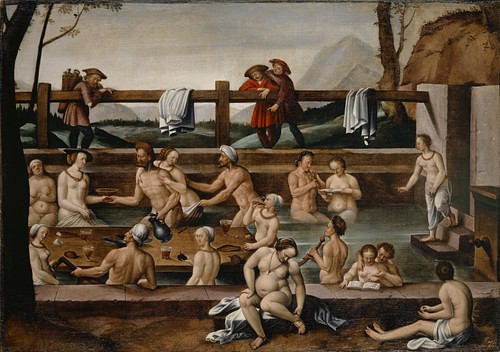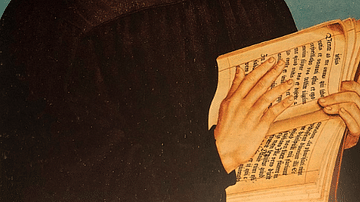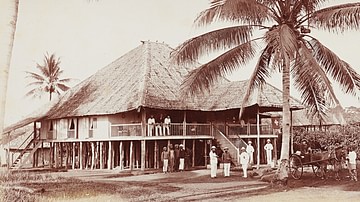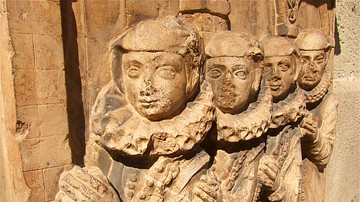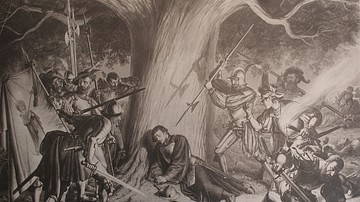In the Middle Ages, attitudes to the human body were rife with contradictions: Glorified, oppressed, cared for, and chastised. A new temporary exhibition at the Swiss National Museum in Zürich – coveted. cared for. martyred. Bodies in the Middle Ages – re-evaluates the ways in which medieval Europeans saw, conceived, and imagined the human body. In this interview, James Blake Wiener questions Curator Christine Keller about the exhibition's finer points.
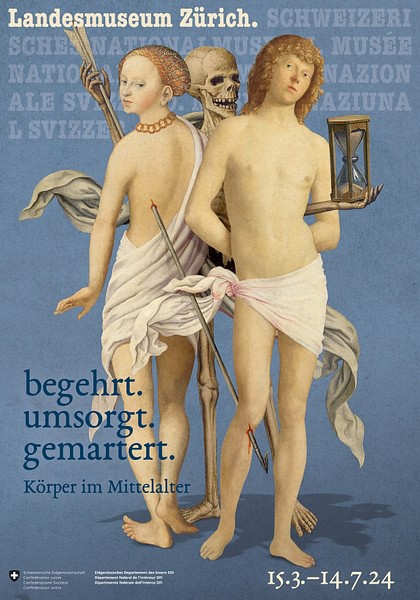
JBW: Dr. Keller, many thanks for speaking to me on behalf of World History Encyclopedia (WHE).
We tend to think of the Middle Ages as an era dominated by faith. However, we should remember that those living in medieval Europe also participated in secular society and non-religious activities. With that in mind, how did you decide to showcase the rich interplay between physical presence and secular interests and pursuits?
CK: In selecting the themes and exhibits, we have tried to show not only the medieval Church's view but also the secular attitude to the body by means of excerpts from medieval literature – such as erotic novels – profane art, and themes such as sport. We try to show that although the Church propagated certain ideas about physicality (in particular the Christian concept of human sexuality as sin), many testimonies from this period, such as popular erotic literature, reports by secular doctors, and obscene badges in the form of personified genitals, speak a language contrary to church morality.
JBW: While the Catholic Church posited the body as the seat of desire and sin, visual representations of the body of Jesus Christ and the femininity of the Virgin Mary were omnipresent. So too were those body parts that believers worshipped as holy relics, which could heal the sick, bring victory in battle, and cure infertility. What can you tell us about the reliquaries and other objects of devotion on display? What secrets do they reveal about medieval body image?
CK: The exhibition includes a reliquary from Limoges from the late 12th century as well as figurative reliquaries such as busts and arm reliquaries from the 14th and 15th centuries. They bear witness to the great veneration and power of the relics of saints. Figurative reliquaries such as busts, arms, legs or feet bring to life or embody the bones or secondary relics stored in them (such as hair, contact relics, etc.). As so-called 'speaking reliquaries', they thus make the abstract, sacred powers more visible. It is relevant for the medieval image of the body that the relics simultaneously reflect death and life and that the saints venerated in the relics were regarded as mediators between this world and the afterlife. The wooden bust reliquaries from the 14th century (for example the Ursula reliquary) were painted in such a way that the surface appears flesh-like, the eyes animated and alive. In these busts, the saints met the viewer as the 'living dead'.
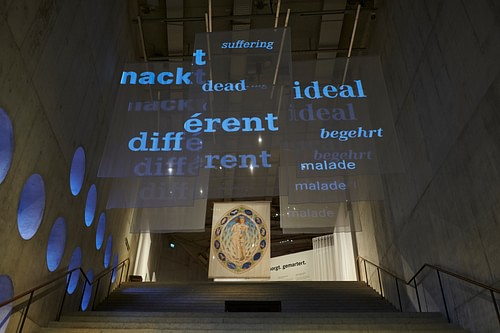
JBW: Death was an immediate and looming concern to our medieval predecessors. Average lifespans were lower than they are today and disease was rampant. How did the concern of death and the belief in everlasting life – on the day of resurrection – shape conceptions of the body during this era?
CK: Death and mortality were omnipresent and a major topic in the Middle Ages. In view of the resurrection, care was taken during one's lifetime to ensure that one's own life remained as free as possible from sins and vices or that these could be redeemed during one's lifetime. In terms of the body, this meant among other things: no gluttony (gula), no lust (luxuria), no vanity (superbia), no indolence (acedia). The concept of bodily resurrection was characterised by the statements of one of the early Church Fathers, Augustine of Hippo (354-430): according to his interpretation, the physical condition at the time of death was irrelevant for the resurrection. For example, if a dead body was mauled by animals or burned, it still emerged from the grave on the day of resurrection intact and at the age of 30 or 33, the age at which Jesus died. In this sense, depictions of the resurrected show them with their intact, naked bodies.
JBW: It was during the Middle Ages that a number of first steps in public health were undertaken: the practice of quarantine; the establishment of hospitals; and the provisioning of medical care and social assistance. There was, as a consequence, an interest in health, hygiene, and hospice, which is delineated throughout the exhibition. I wondered if you might share with us some details about bathing and cupping during the Middle Ages. I suspect many readers would be surprised to learn how commonplace these and other practices were in actuality.
CK: The medieval theory of health is based on the 'theory of the four humours' and the four elements. If the humours (blood, phlegm, black and yellow bile) are not in balance, the person becomes ill. In order to maintain this balance, an excess of substances must be equalised. Bathing parlours (with sweat baths), cupping, and bloodletting – or the application of leeches – were used for this purpose. Numerous health guides, which were particularly widespread in the late Middle Ages, describe the appropriate time for these methods and use illustrations – the so-called Vein Man – to point out the suitable body parts and the appropriate time for bloodletting. Health care was a major topic throughout the Middle Ages and was widespread.
JBW: Bodies in the Middle Ages underscores that while medieval attitudes to the human form and body were contradictory, much has remained the same across the centuries. Whether through the quest for physical perfection or a preoccupation with health or illness, we are not all that different from our medieval predecessors. What do you hope visitors gain from a visit to the exhibition? Moreover, what would you like the public to learn about the Middle Ages as a result of your work?
CK: A survey in the exhibition revealed that the exhibition on the body in the Middle Ages inspired the majority of our visitors to think about the body in the present day. We hope that with this exhibition we can show a somewhat different view of the Middle Ages and that we can break down the often still prevalent stereotypes of a rigid and anti-body era.
JBW: Dr. Keller, thanks so much for sharing your expertise with our audience. On behalf of World History Encyclopedia, I wish you many happy adventures in research.
coveted. cared for. martyred. Bodies in the Middle Ages runs at the Swiss National Museum in Zürich, Switzerland until July 14, 2024.
Christine Keller is an art historian and curator at the Swiss National Museum.

